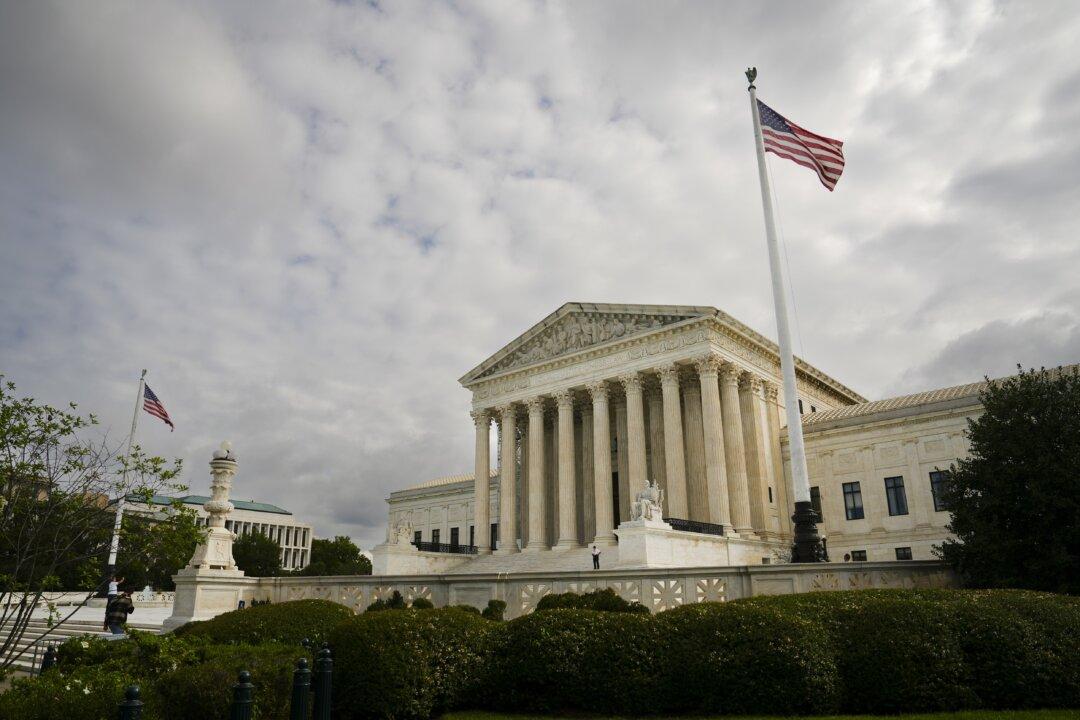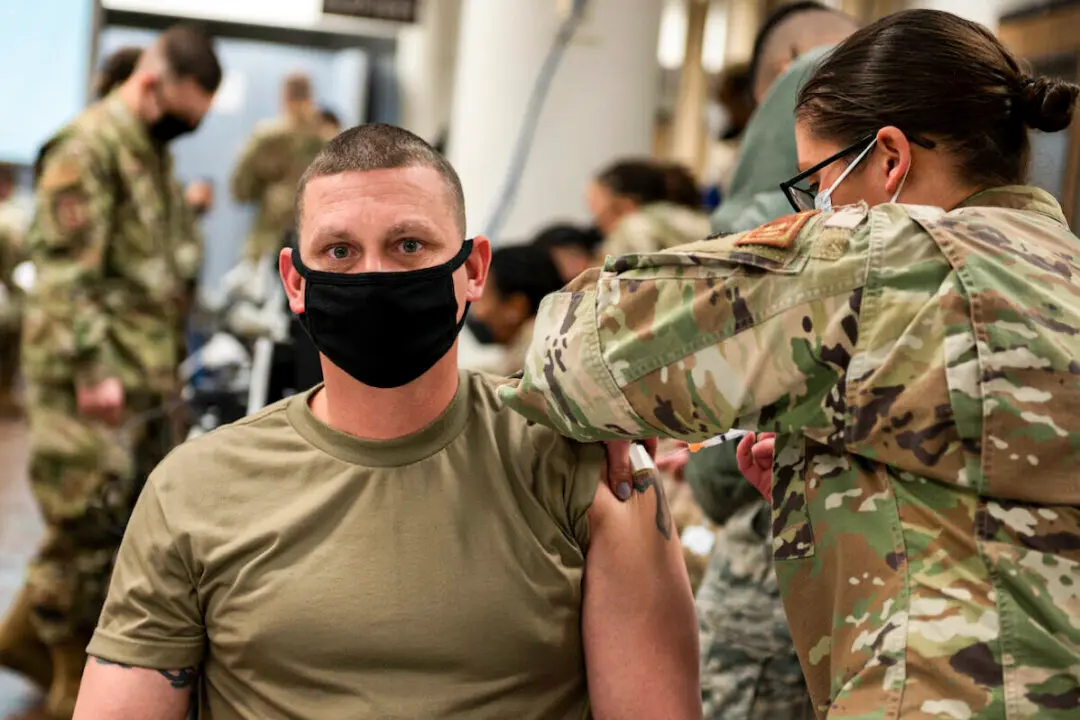The U.S. Supreme Court will hear arguments on Nov. 7 in United States v. Rahimi. People on both sides of the Second Amendment debate expect this to be a landmark test of the limits of the June 2022 decision in New York State Rifle and Pistol Association Inc. v. Bruen, which fundamentally changed how courts view gun control laws.
In Rahimi, the court will decide whether 18 USC Section 922 (g) (8), a federal law that disarms persons who are subject to a domestic violence protection order, is still valid.





